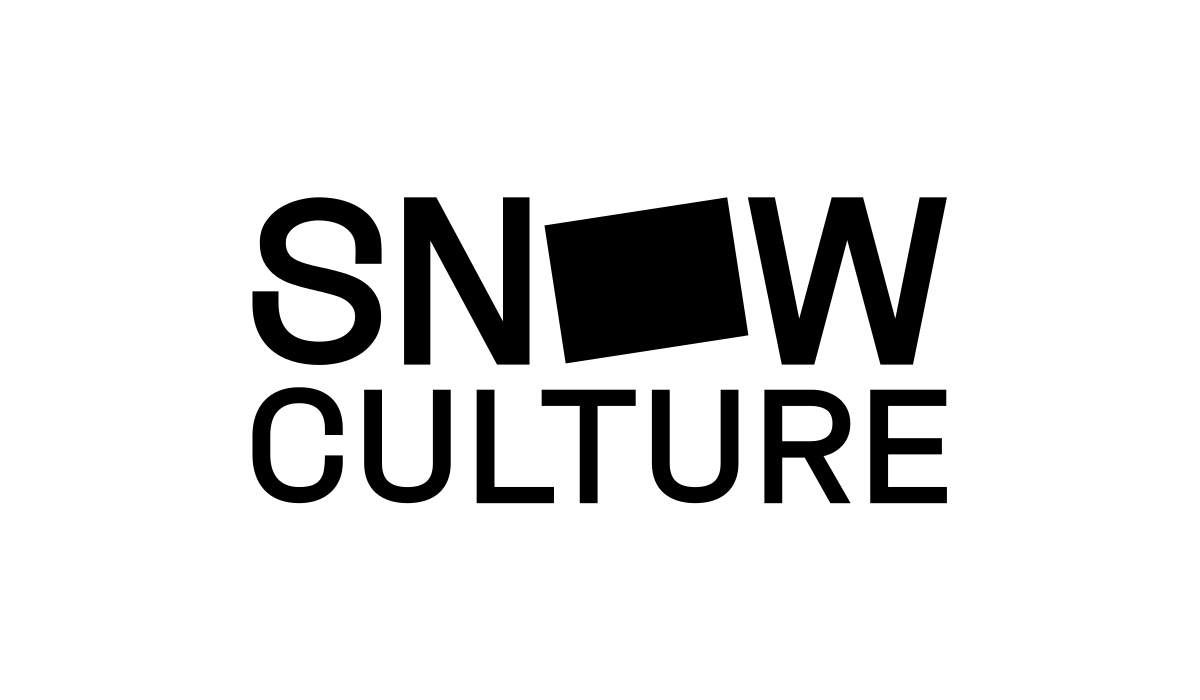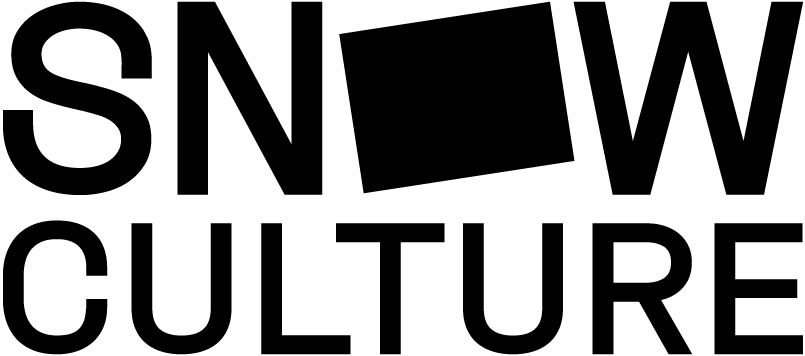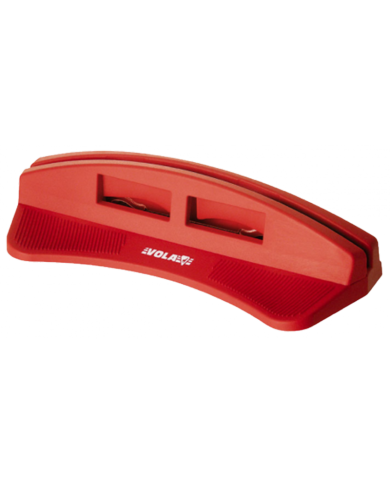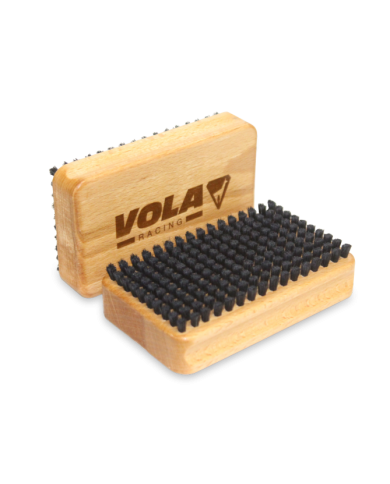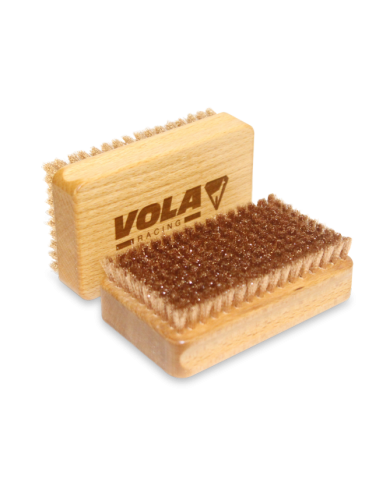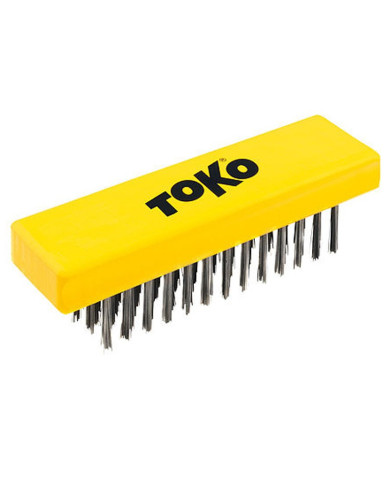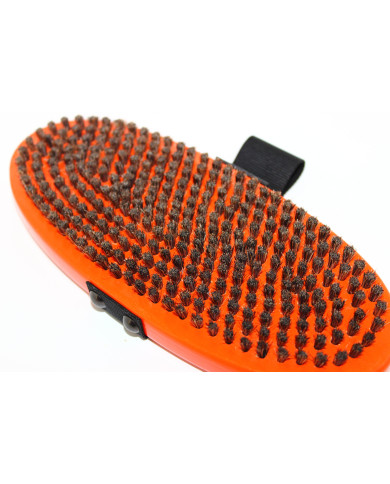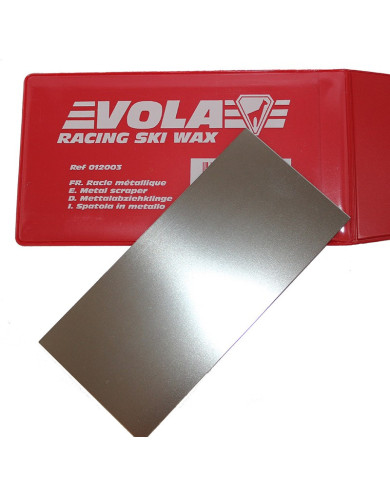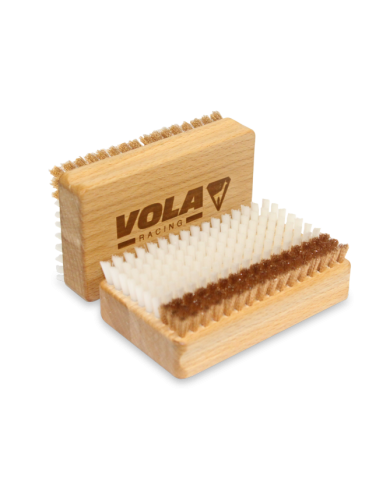Briko Steel Structure Brush
This brush is recommended for professional use to free hardened, oxydized or brunt bases, allowing the wax to penetrate deep.
VOLA 3 and 4 mm scraper sharpener. To sharpen the plexi scrapers, never unsharpned scrapers!
Natural cork bursh for waxing skis or snowboards with the use of liquid and rub-on waxes.
Application: after applying the wax with the use of a felt cloth, rub-on with the cork brush, and then, polish with the use of a nylon brush.
The finest brush. Recommended on the last stage of polishing the of your skis or snowboard, after the nylon or soft nylon brush, to polish the base and give it antistatic properties.
Very hard brass brush with thick picks.
Recommended to clean the skis or snowboard base from impurities (or old wax) with the help of wax remover.
Some also use it as first brush after waxing. Nice finish and handle made of wood.
This brush frees hardened, oxidized or burnt bases, allowing wax to penetrate deep.
Warning: not for brushing out or cleaning base structure after scraping waxed bases.
Forget about unsharpened scrapers
TOKO professional device for sharpening and smoothing plastic scraper blades.
Suitable for 3, 4, 5 and 6 mm blade widths.
Including 100 mm radial file.
Horse hair oval brush by Stadium for waxing snowboards.
This brush is the finest. During the waxing process, used to brush the base after the nylon brush.
This brush it is specially recommended for snowboard due to its major surface.
Hard nylon brush by Stadium.
Specially suited for snowboard due to major surface.
For brushing the snowboard base after waxing.
VOLA steel scraper to repair your skis or snowboard base: little scratches, excess p-tex...
Case included.
Dimensions: 12,5 x 5,9 cm.
Good quality brush with part of nylon (medium hardness) and part of brass. The result is a brush for both, cleaning and brushing after waxing skis and snowboard.
Brushes and scrapers for waxing skis and snowboards.
Once the wax has been applied, whether it is applied with an iron or without, we must remove the excess wax that has not penetrated the pore. For it:
First, the wax is scratched with a methacrylate scraper.
Then, we must brush with different brushes. The latter will depend on the type of wax we use.
